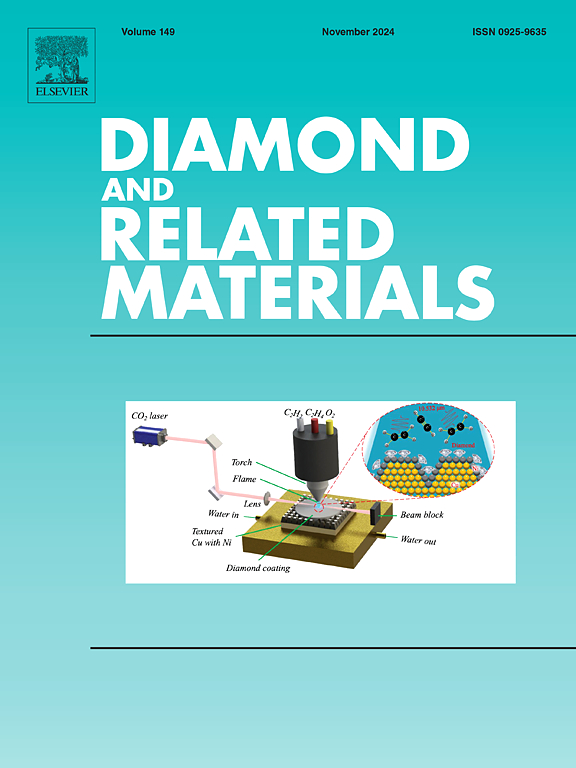Zanthoxylum bungeanum activated carbons with rich micropore structure prepared by low temperature H3PO4 hydrothermal pretreatment method for toluene adsorption
Release time:2024-11-29
Hits:

- Impact Factor:
- 3.315
- DOI number:
- 10.1016/j.diamond.2022.109474
- Affiliation of Author(s):
- 环境与资源学院
- Teaching and Research Group:
- 化学工程系
- Journal:
- Diamond & Related Materials
- Funded by:
- 重庆市教育委员会
- Key Words:
- Waste biomass;Micro-mesoporous activated carbon;Toluene removal;Micropore regulation;Regeneration
- Abstract:
- Waste biomass is used as raw material to prepare activated carbons for the volatile organic compounds (VOCs) adsorption elimination, which is an effective way to solve the waste biomass resource utilization and air pollution problems. Zanthoxylum bungeanum branches activated carbons with rich micropore structures were prepared by adopting H3PO4 low-temperature hydrothermal pretreatment activation method. The prepared activated carbons were characterized by Brunauer-Emmett-Teller (BET), Fourier transform infrared spectroscopy (FT-IR) and X-ray diffraction (XRD). The toluene adsorption/desorption performances and reusability were also tested to evaluate the application value of the prepared activated carbons. The toluene adsorption capacity increased with the rising of hydrothermal pretreatment temperature. When hydrothermal pretreatment temperature increased from 100 °C to 180 °C, the specific surface area of the prepared activated carbons increased from 956.0 to 1290.9 m2/g. And the micropore ratio of the prepared activated carbons markedly increased from 30.55 % to 63.35 %. Interestingly, the linear fitting results of toluene adsorption capacity and pore structures showed that the micropore volume and toluene adsorption capacity had maximum correlation. The micropore volume increased from 0.40 to 0.56 cm3/g, and the toluene adsorption capacity increased from 309.80 to 532.89 mg/g with the increase of hydrothermal pretreatment temperature. Toluene adsorption results were fitted by quasi-first, quasi-second, and Bangham models to analyze the toluene diffusion mechanism. The toluene adsorption process of all studied samples conformed to the Bangham kinetic model, which indicated that the diffusion mechanism of toluene adsorption process mainly followed intra-particle diffusion. Besides, the toluene adsorption capacity of the prepared biomass activated carbons could be regenerated at relatively low thermal desorption temperature (≤150 °C).
- First Author:
- Lin Xie
- Co-author:
- Yi Meng,Qiren Wang,Guizhi Zhang
- Indexed by:
- 源刊论文
- Correspondence Author:
- Hongmei Xie,Guilin Zhou
- Discipline:
- Engineering
- Document Type:
- Journal Article
- Volume:
- 21
- Page Number:
- 109474
- Translation or Not:
- no
- Date of Publication:
- 2022-07-01
- Included Journals:
- SCI
- Links to published journals:
- https://doi.org/10.1016/j.diamond.2022.109474
Attachments:



